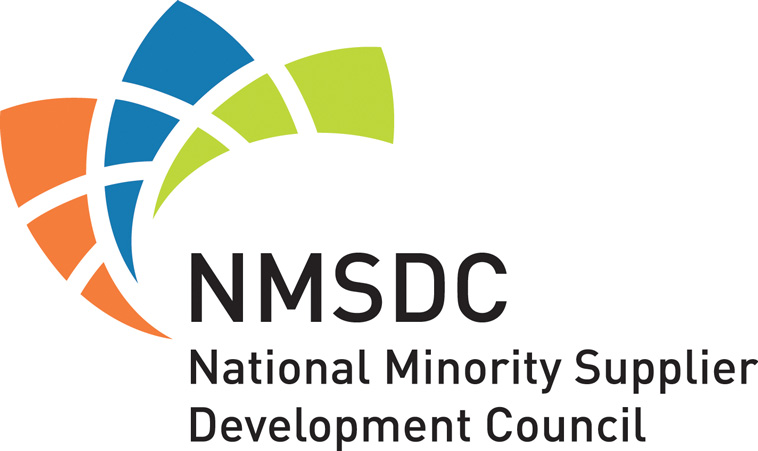Weatherproof Signs Built to Last: Pros and Cons of the Best Materials
Your outdoor sign does more than display your business name—it’s a long-term investment that needs to stand strong against wind, rain, sun, and everything in between. Choosing the right material can mean the difference between a sign that looks great for years and one that quickly fades, warps, or breaks down. At CR&A Custom, we specialize in crafting durable, high-quality signage that makes your brand stand out from the crowd and holds up in any environment. Here’s a look at the best weatherproof materials for outdoor signs, along with their strengths and potential drawbacks.
1. Aluminum
Aluminum is one of the best choices for outdoor signs. It’s lightweight, won’t rust, and can last for years in rain or shine. Whether you want a sleek, modern design or a bold, custom shape, aluminum is a go-to option for durability and style.
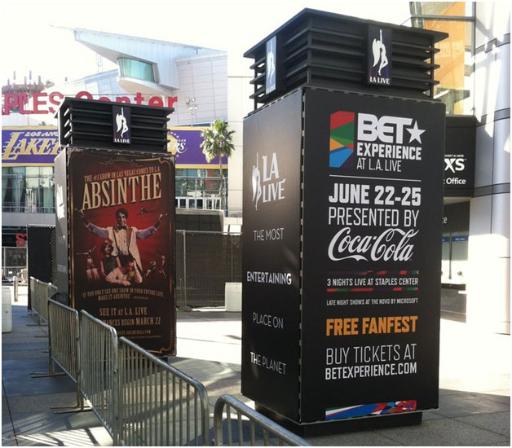
Pros:
Weather-resistant – Won’t rust or corrode, making it ideal for all climates.
Lightweight yet durable – Easy to install without sacrificing strength.
Customizable – Available in multiple thicknesses and finishes.
Low maintenance – Requires little upkeep compared to other materials.
Cons:
Prone to dents – Can bend or dent upon impact.
Higher initial cost – More expensive than some alternative materials.
2. Dibond (Aluminum Composite Panel)
Dibond is an aluminum composite panel made with two thin aluminum sheets and a solid polyethylene core. It’s lightweight yet incredibly strong, resistant to rust and warping, and holds up against UV exposure, making it an excellent long-term option for outdoor signs.
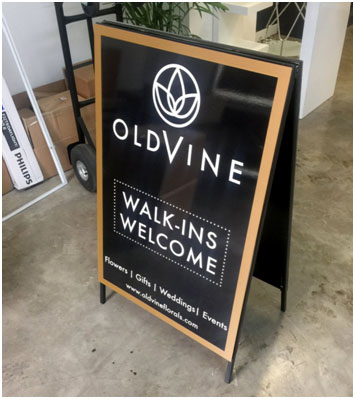
Pros:
Ultra-durable – Won’t warp, crack, or rust.
Lightweight – Easier to install than solid metal options.
UV-resistant – Holds up well against sun exposure.
Great print surface – Provides a smooth finish for graphics.
Cons:
Less rigid than solid aluminum – Not ideal for very large, unsupported signs.
Higher cost than basic aluminum – Composite structure adds expense.
3. PVC (Polyvinyl Chloride)
PVC signs are waterproof, fade-resistant, and stand up well to temperature changes. They’re a budget-friendly alternative to more rigid materials, making them a great option for both permanent and temporary signage.
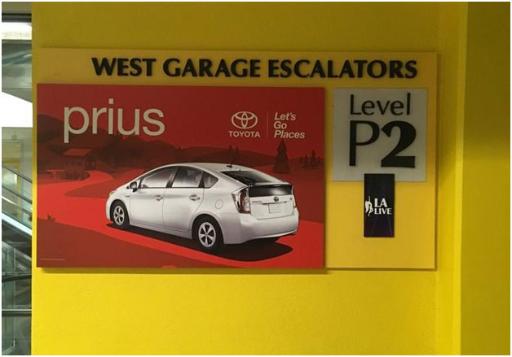
Pros:
Budget-friendly – A cost-effective alternative to metal signs.
Moisture-resistant – Won’t absorb water or rot.
Smooth surface – Works well for detailed graphics.
Versatile – Suitable for both indoor and outdoor use.
Cons:
Not as durable in extreme temperatures – Can warp under prolonged exposure to heat.
Less rigid than metal – Not as strong for large signage.
Cons:
Less rigid than solid aluminum – Not ideal for very large, unsupported signs.
Higher cost than basic aluminum – Composite structure adds expense
4. Acrylic
Acrylic signs offer a high-end, glass-like look while being much more durable. They’re available in multiple colors and finishes, including backlit options for a bold nighttime display. For outdoor use, UV-resistant coatings help prevent yellowing and cracking over time
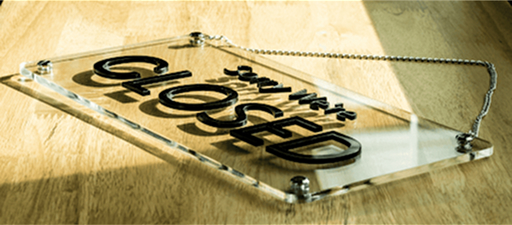
Pros:
High-end appearance – Mimics glass for a sleek, polished look.
UV-resistant
– Holds color well and doesn’t yellow over time.
Variety of finishes
– Frosted, glossy, and backlit options available.
Water-resistant – Doesn’t absorb moisture.
Cons:
Can crack or shatter – More brittle than metals and composites.
More expensive than PVC – Higher-end material comes at a cost.
5. HDU (High-Density Urethane)
If you love the look of carved wood but need something more durable, HDU is a great alternative. Unlike wood, it won’t absorb moisture or warp, making it a reliable choice for dimensional and textured signs exposed to the elements.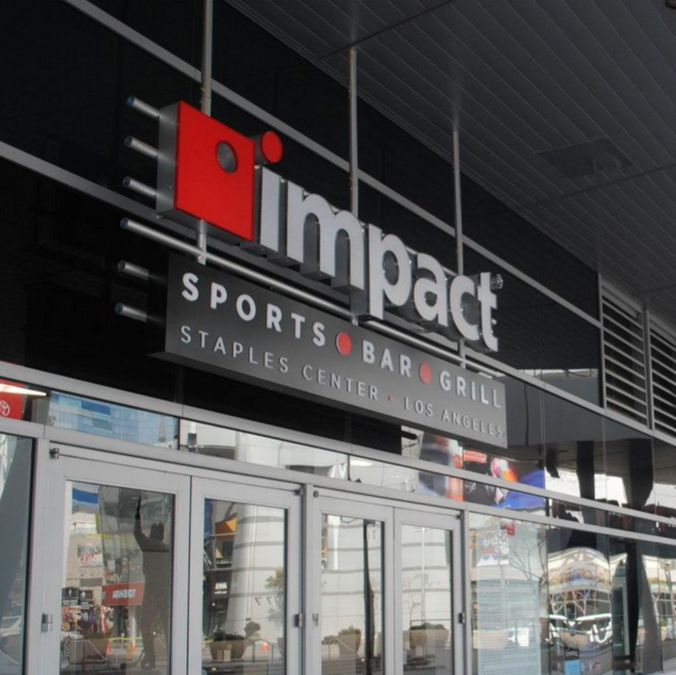
Pros:
Great wood alternative – Mimics carved wood but resists moisture and warping.
Weatherproof – Holds up in rain, snow, and extreme temperatures.
Lightweight – Easier to install than solid wood.
Highly customizable – Can be routed and shaped for unique designs.
Cons:
Less impact-resistant – Can dent or chip more easily than metal.
Not as rigid as aluminum – Needs structural support for large signs.
6. Coroplast (Corrugated Plastic)
Coroplast is lightweight, waterproof, and affordable—ideal for temporary outdoor signage like real estate or event signs. It’s not as long-lasting as metal or composite materials, but for short-term outdoor use, it gets the job done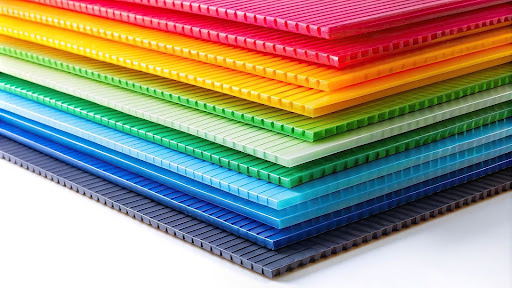
Pros:
Extremely lightweight – Easy to move and install.
Budget-friendly – One of the most affordable signage materials.
Waterproof – Handles rain and humidity well.
Great for temporary use – Ideal for yard signs, real estate, and events.
Cons:
Not long-lasting – Wears down faster than metal or composite materials.
Prone to bending – Can warp or flex in strong winds.
7. Vinyl Banners (with UV Coating)
Vinyl signs and banners are a solid choice for temporary or portable signage. They’re flexible, weather-resistant, and with UV coating, they stay vibrant even in direct sunlight.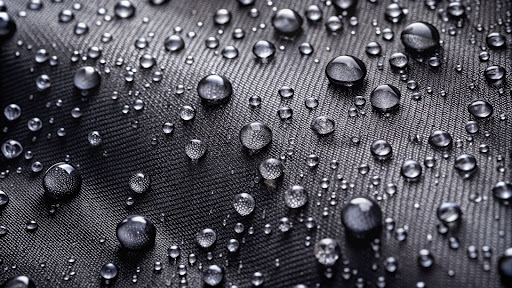
Pros:
Flexible and portable – Easy to roll up and transport.
Weather-resistant – Withstands rain, wind, and sunlight when UV-coated.
Customizable – Full-color graphics print well.
Affordable – Cost-effective for short-term use.
Cons:
Limited lifespan – Can fade or weaken over time.
Not rigid – Needs to be hung or mounted properly to remain effective.
8. Stainless Steel
Stainless steel signs are sleek, strong, and resistant to corrosion. Available in polished, brushed, and matte finishes, they bring a premium look to outdoor branding while standing up to harsh weather conditions.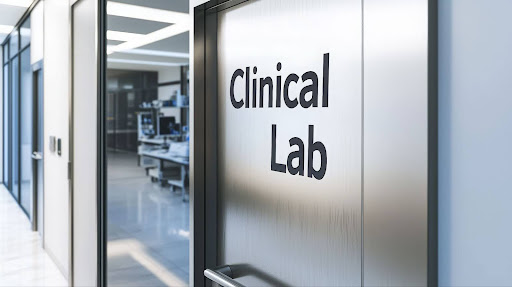
Pros:
Premium, professional look – High-end material with a polished or brushed finish.
Rust and corrosion-resistant – Ideal for coastal and industrial environments.
Extremely durable – Can last for decades.
Low maintenance – Doesn’t require frequent refinishing.
Cons:
Expensive – One of the most costly signage materials.
Heavy – Requires strong mounting hardware and support.
9. Wood (with Protective Sealants)
Wood signs have a timeless appeal, but untreated wood won’t last outdoors. With protective sealants and weather-resistant coatings, wood signs can maintain their rustic charm while resisting moisture, sun damage, and cracking. 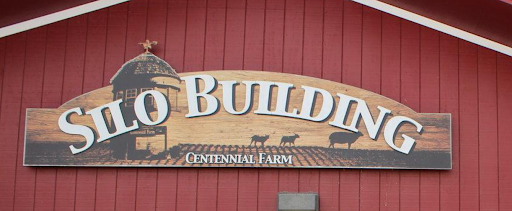
Pros:
Timeless, rustic appeal – Offers a natural, warm aesthetic.
Highly customizable – Can be carved, painted, or stained.
Durable with sealants – Proper treatment extends lifespan.
Eco-friendly – Sustainable options available.
Cons:
Requires maintenance – Needs resealing or repainting over time.
Can warp or rot without proper care –
Moisture and UV exposure can cause damage.
10. Fiberglass
Fiberglass signs are tough. They’re impact-resistant, rust-proof, and won’t fade under UV exposure. Whether you need something smooth for detailed graphics or rugged for industrial settings, fiberglass is built to last.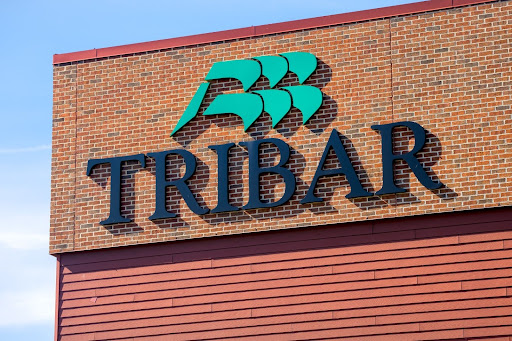
Pros:
Tough and impact-resistant – Won’t easily dent or crack.
Rust and corrosion-proof – Ideal for humid or coastal areas.
UV-stable – Holds up against prolonged sun exposure.
Lightweight – Easier to handle than solid metals.
Cons:
More expensive than plastic alternatives – High durability comes at a price.
Limited design flexibility –
Harder to customize than acrylic or metal.
Which Material is Best for Your Outdoor Sign?
There’s no one-size-fits-all solution when it comes to weatherproof signage. The right material depends on your budget, location, aesthetic preference, and how long you need the sign to last.
At
CR&A Custom, we help businesses choose the perfect material for their outdoor signs, ensuring longevity and visual appeal. Reach out to us today, and let’s create a sign that stands strong—rain or shine.


